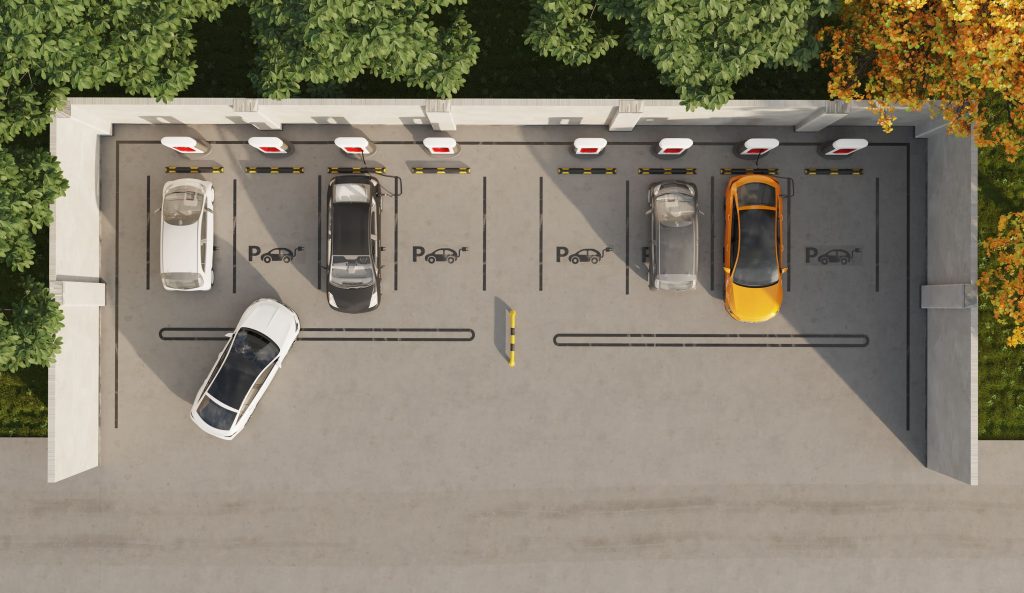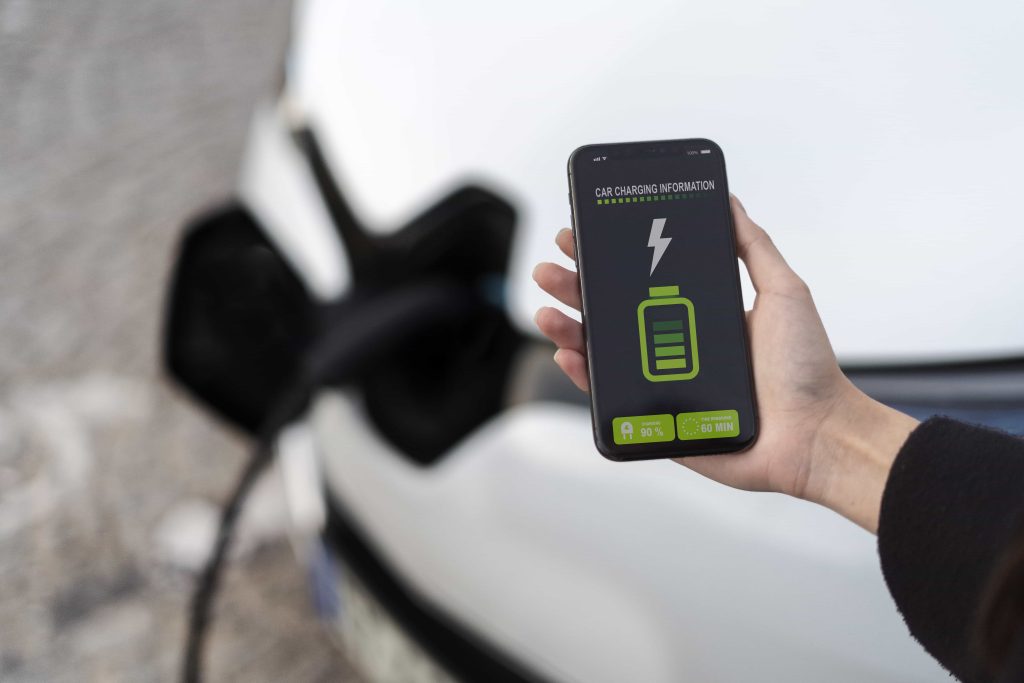
Products
Fast, Reliable, Everywhere

Solutions
Efficient, Innovative EV Charging Solutions.
News
We are committed to the innovation and application of EV charging.
Buying my first electric vehicle was a thrilling experience, full of hopes for a sustainable future. Yet, as I started using it, I encountered several unforeseen difficulties. Join me as I share the six key ev challenges I faced and how they transformed my EV journey.

When I first got my electric vehicle (EV), I was excited about the promise of a cleaner and more efficient ride. But soon, I faced the reality of the EV challenges related to charging infrastructure, and it wasn’t all smooth sailing.
One of the biggest EV challenges I encountered was the limited number of charging stations. Where I live, it felt like there were barely any public chargers within a reasonable distance. I found myself constantly planning routes around the locations of charging stations. A recent survey showed that in some areas, there’s only one charging station for every 20 square miles, which can make long trips stressful.
Another EV challenge is the inconsistency in charging speeds. I’ve had experiences where I thought a charging station would quickly top off my battery, only to find it took much longer than expected. Different stations offer varying levels of charging speed, and it can be frustrating to wait longer than planned. For example, some chargers are“Level 2”and can take several hours, while“DC fast chargers”are quicker but not always available.
Reliability of charging stations is another significant EV challenge. Sometimes, chargers are out of service or not working correctly. I’ve had moments when I arrived at a station only to find it down, forcing me to scramble to find an alternative. According to recent data, around 10% of public chargers are out of service at any given time.
As I navigated these challenges, I learned the importance of having a reliable home charging setup. If you're dealing with similar issues, consider investing in a home charger that suits your needs. A well-chosen home charging solution can save time and reduce stress.
Facing the challenges of EV charging infrastructure can be daunting, but with some planning and the right ev charger, you can make the experience smoother and more manageable.
EV range anxiety is a real concern for many drivers. Even with impressive figures from manufacturers, the distance you can actually travel often varies from the advertised range.
When I first started using my EV, I was surprised to find that the real-world range didn’t always match the manufacturer’s claims. For instance, while the manufacturer advertised a range of 300 miles per charge, my actual range was often less due to various factors. A study by the American Automobile Association (AAA) found that real-world conditions like traffic and weather can reduce an EV's range by up to 30%. In my experience, cold weather alone has cut my driving range by approximately 20%, as the battery performs less efficiently and the heater uses more power. This is a common EV challenge that many new owners face.
Manufacturers usually test EVs in ideal conditions to provide their range estimates. These tests often occur in controlled environments with steady speeds and moderate temperatures. However, everyday driving involves a mix of speeds, acceleration, and varying weather conditions, which can all affect range. According to a 2023 report by Consumer Reports, real-world driving conditions can lead to a 10-30% reduction in the estimated range.
To deal with this challenge, I rely on a few strategies. I use route planning apps that show nearby charging stations and help me plan my trips based on real-time range estimates. Keeping my battery charged and avoiding letting it dip too low also helps alleviate range anxiety.

Owning an electric vehicle (EV) can bring unexpected financial challenges. When I bought my EV, I was thrilled by the idea of lower fuel and maintenance costs. But soon enough, I found that the total cost of ownership can be quite complex.
One of the first things that hit me was the higher initial purchase price. Even though EVs come with various incentives, the sticker price is often still significantly higher than for traditional gasoline cars. For instance, recent data shows that the average cost of a new electric vehicle is about $60,000, while a new gasoline car costs around $35,000. Despite federal and state rebates, the initial investment can be quite substantial.
Even though EVs generally have lower maintenance costs—thanks to fewer moving parts and no need for oil changes—there are still other financial considerations. One major cost is battery replacement. From my experience and industry reports, replacing an EV battery can range from $5,000 to $7,000. Also, if you choose to install a home charging station, that’s another expense to factor in.
To handle these costs, I’ve found that keeping a close eye on the total cost of ownership is crucial. Tracking maintenance needs and taking advantage of available incentives can help manage expenses. Charging at home rather than relying solely on public stations can also make a difference in your budget.

As an EV owner myself, I’ve faced some real hurdles with battery life and performance. These challenges can be significant, but knowing more about them can help you manage them better.
One of the biggest concerns is battery degradation. Over time, I’ve noticed that my EV’s battery doesn’t hold a charge as well as it did when it was new. This is a common issue. According to industry reports, EV batteries typically lose about 2-3% of their capacity per year. While this doesn’t sound like much, it adds up over time and can affect your driving range.
I also found that real-world driving conditions can impact battery performance. Extreme temperatures, whether hot or cold, can reduce the efficiency of the battery. For instance, in cold weather, I’ve seen a noticeable drop in range. Some studies suggest that battery performance can drop by up to 20% in freezing temperatures.
When the battery eventually degrades enough, replacement costs can be a concern. Replacing an EV battery isn’t cheap. Prices can vary, but it’s not uncommon for a new battery to cost between $5,000 and $10,000. This is a major expense that I have to keep in mind for the long-term maintenance of my EV.
Understanding these ev challenges has made me more proactive about my EV’s battery care. Regular maintenance and being mindful of driving conditions can help manage some of these issues. If you’re experiencing similar problems, it might be worth exploring options for battery care or even considering a battery upgrade to keep your EV running smoothly.
When I first got my electric vehicle (EV), I was excited about all the high-tech features. But I quickly realized that integrating these technologies into my daily routine wasn't as smooth as I’d hoped. One major issue I faced was compatibility between the EV’s software and the various charging stations. Sometimes, the software didn’t recognize the charger, causing delays and frustration.
From my experience, I found that not all EVs work seamlessly with every charging station. According to a recent survey by the International Energy Agency, 23% of EV owners reported issues with charger compatibility. This can lead to longer wait times and reduced convenience, especially when you’re on a tight schedule.
Another problem is the user experience with the onboard systems. My EV’s navigation system struggled to accurately find available charging stations, often leading me to outdated or incorrect locations. Studies show that around 15% of EV drivers encounter difficulties with navigation and system integration, affecting their confidence in the vehicle’s technology.
I’ve learned that staying informed about the latest updates and using apps that track real-time charger availability can help. At Pilot X Piwin, we’re dedicated to improving these experiences by providing advanced chargers designed to integrate seamlessly with various EV technologies. Our chargers offer compatibility with most EV models and feature smart technology to enhance the user experience. If you're struggling with similar issues, it might be worth exploring solutions designed with better technological integration in mind.
When transitioning to an electric vehicle (EV), I quickly discovered that the environmental benefits go beyond just reducing tailpipe emissions. It’s crucial to look at the bigger picture, including the environmental impact of EV production and disposal.
One major concern is the battery manufacturing process. Producing EV batteries requires significant amounts of raw materials such as lithium, cobalt, and nickel. According to the World Economic Forum, the mining and processing of these materials can result in substantial environmental damage. For instance, extracting lithium can lead to water shortages and contamination in local ecosystems.
The environmental impact is not limited to production. The disposal and recycling of EV batteries are also critical issues. A report from the European Commission highlighted that the recycling rate for EV batteries is currently around 5%, far below the levels needed to fully mitigate environmental harm. Improper recycling or disposal of these batteries can lead to toxic leaks and other pollutants.
In addition, the overall carbon footprint of an EV is influenced by the electricity used to charge it. If the electricity comes from non-renewable sources like coal, the benefits of driving an EV can be reduced. A 2023 study from the National Renewable Energy Laboratory found that the overall emissions from EVs could be as high as 30% lower than conventional vehicles when charged with a grid mix that includes renewable energy.
Addressing these challenges requires a commitment to improving battery technology and recycling processes. At Pilot X Piwin, we’re dedicated to advancing these technologies and supporting sustainable practices in the EV industry. As an EV owner, choosing products and companies that prioritize environmental responsibility can help ensure that the shift to electric vehicles contributes to a more sustainable future.
Navigating EV challenges can be daunting, from charging infrastructure to battery performance. However, understanding these EV challenges and finding the right solutions can enhance your EV journey. At Pilot X Piwin, we’re dedicated to providing innovative solutions to make your transition to electric vehicles smoother and more enjoyable. Embracing EVs is a step towards a greener future, and with the right support, you can effectively tackle these EV challenges. Explore our products to find the tools and technology that best suit your needs.
